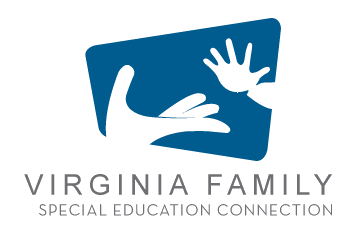Alternative Pencils (Center for Literacy and Disability Studies)
Description:
The Center for Literacy & Disability Studies at UNC-Chapel Hill has developed a variety of “alternative pencils” for students with the most significant disabilities, including deaf-blindness.
All the alternative “pencils” have been designed for students who are unable to hold a traditional pencil or physically manipulate a keyboard. Instead, the alternative pencils tap into students’ other developing abilities. For example, the alphabet eye gaze frame may be helpful for students who are learning to eye gaze. The print flip chart or onscreen keyboards may be helpful for students who are learning to use switches. The Braille flip chart may be useful for students who are blind. These are just a few examples. For many of the pencils, perfect vision and/or hearing are not needed.
It is especially important to note that students DO NOT need to know how to independently read or spell words in order to use any of the alternative pencils. Alternative pencils should be used with students who have a range of understandings about writing, all the way from random, emergent “scribbling” to more conventional writing with recognizable words. Children without disabilities have hundreds of hours of drawing and scribbling to help them grow into more sophisticated writers. Over the past 4 years, the same type of development has been seen with students with the most significant disabilities when they are given the same opportunities with alternative pencils.





